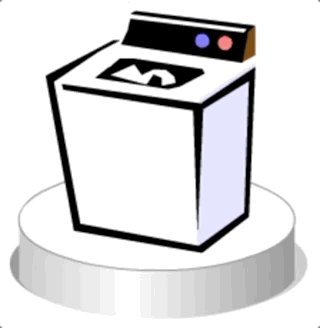House Dust Mites can drown in a normal wash
House dust mites can drown in a normal family wash and their allergens washed away in the dirty water. The hotter the water, more mites are killed. 60°C will kill all mites and their eggs. Washing bedding or clothing weekly in warm water will remove most, or all, mites, but not guarantee re-establishment of a mite's colony.
Adult house dust mites are up to 75% water in weight, but the mite does not drink as we know it. Instead, it absorbs water through sponge-like glands on either side of its mouth. The glands collect water and pass it through channels to its body. These glands can turn hard and salty when water is scarce, thus protecting the mite from dehydration.
The mite’s essential exchange of oxygen and carbon dioxide takes place through tiny holes that cover the mite’s shell-like surface. There is no control over the closure of these holes. These two facts, holes for gas exchange and sponge like glands that hold water make a normal family wash potentially lethal for house dust mites. The hotter the water, more mites are killed. 60°C (140°F) will kill all mites and their eggs.

When washing an item, as long as the mites are removed, it is immaterial whether the mites are scalded to death, drown, or simply washed down the drain still alive. There is evidence that temperatures lower than 60°C (140°F) are adequate when regular washing is practiced.
Hints for mite control
Washing bedding weekly in warm water will remove most, or all, mites. Blankets should be put in a hot dryer for ten minutes before washing. The dryer’s vent must be directed outside to disperse dislodged allergens and mite body parts. Body parts can include debris from the stages of a mite’s lifecycle: egg, larva, protonymph, tritonymph and adult.
‘Environmental assessment and exposure control of dust mites: a practice parameter’. Ann Allergy Asthma Immunol. Portnoy et al, 111, 2013, 465-507
‘Dust Mites’, M J. Colloff, 2009, CSIRO and Springer Science, ISBN 978-90-481-2223-3

